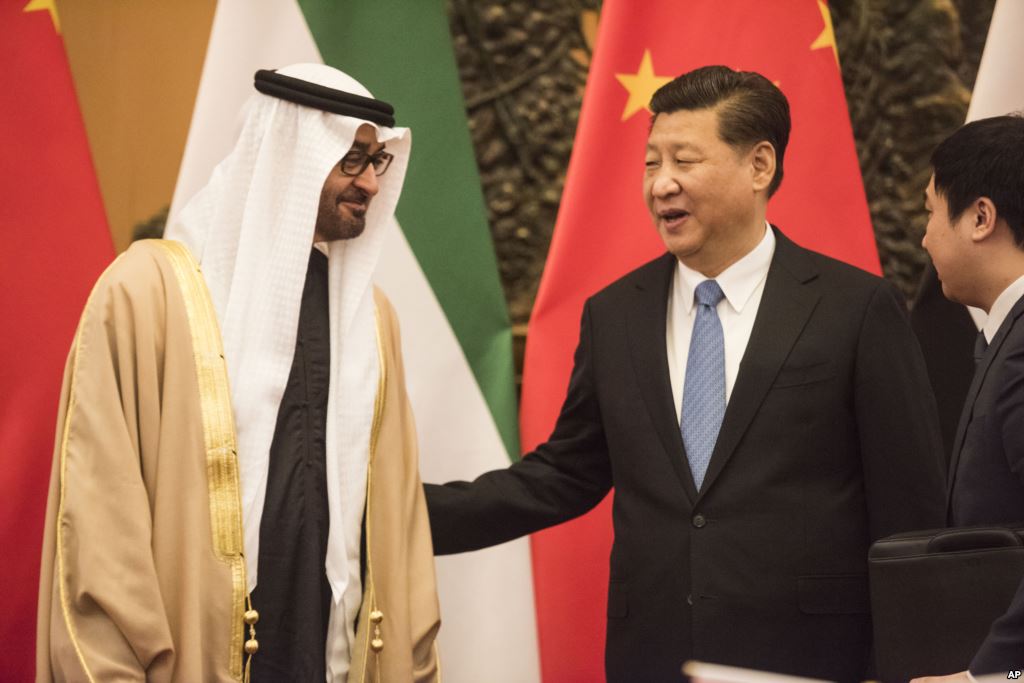By Shazar Shafqat
Russia is calling all the shots in the Middle East. No, it’s the United States. Oh hang on; it’s the Gulf
Cooperation Council (GCC) member countries that pull the strings. Israel is the dominant player. You
just can’t rule out Egypt. ISIL, perhaps? The list goes on. There’s lot more you’re going to hear about
the Middle East in the days to come.
Israel, infuriated after the UNSC verdict, might be contemplating upping the ante. After all, the
Middle East Peace Conference in Paris due January 15, 2017 is, in all its likelihood, going to uphold
the two-state solution. Media will provide you with all the varied opinions, thoughts and predictions
for 2017. Barring aside few of the stories, majority of these are going to be all but hogwash. Don’t
buy into every news story you’re pitched with.
China is on the verge of being the sole powerhouse and the ultimate decision-maker in the Middle
East. And, it is not boasting about it either. It is playing safe and smart. Along with Russia, China also
has funded the region massively, both in terms of military and economic resources. China has the
ability to bind the region together.
It wouldn’t want Iran to engage in any misadventure against Israel. Also, it would make sure to
prevent any aggression towards Iran by Israel. Why? Any love lost? No. Strategic interests? You’ve
guessed it right.
Iran holds the key for OBOR. Also, the significance of Israel’s trade routes can’t be ignored. Both of
these are strategic assets for Beijing. One may not be surprised if Chinese investment across Israel’s
maritime corridors increases. It would facilitate Jordan and Egypt to become part of the economic
hub. However, Jordan’s Aqaba Port and the Suez Canal would then need to complement each other.
In addition, to reap maximum benefits, the Chinese would have to make Ashdod and Eilat, the two
strategically placed ports in Israel, part of the plan as well. If China is eyeing tapping into the Red Sea
for its Sea Lines of Communication (SLOC), then Eilat Port, Israel’s only port located on the Red Sea,
might have to enter the fray with a bang.
I’ve highlighted the above just to provide you with a glimpse into the future. Iran, Egypt and Israel
are integral to OBOR’s success in the Middle East. The southern trade route is linked with the
aforementioned regional powers. If anything goes haywire, then it may ruin the Chinese vision for
the region. It has to work. It has to assimilate well enough. China, nonetheless, will ensure it does.
The stakes are too high.
The recently conducted joint naval exercises in the Mediterranean by China and Egypt provide a
realistic insight about the things to come. Be prepared for more. Be prepared for further
strengthening of the military ties between China and Egypt. And, don’t forget the US$45 billion worth
of Chinese investment in Egypt. It’s for the new capital Egypt has envisaged recently.
China has plans for Iran as well. The US$600 billion trade deal between China and Iran is something
to look forward to. It’s intriguing, and somewhat astonishing, to see how China is, slowly but
gradually, taking over the Middle East. It has successfully been able to layout a framework to draw
Egypt, Iran and Israel in for the OBOR. China has the ability to cater to the major interest groups in
the region. Economic progress linked with OBOR can be a game changer for the Middle Eastern
region.
It’ll be interesting to see what measures China comes up with in regards to surmounting and
subduing the conflicts in the Middle East. After all, China wouldn’t let its economic prospects
languish that much easily. So, yes. Get ready to embrace the Chinese Middle East.
‘Courtesy Asia Times Online’


